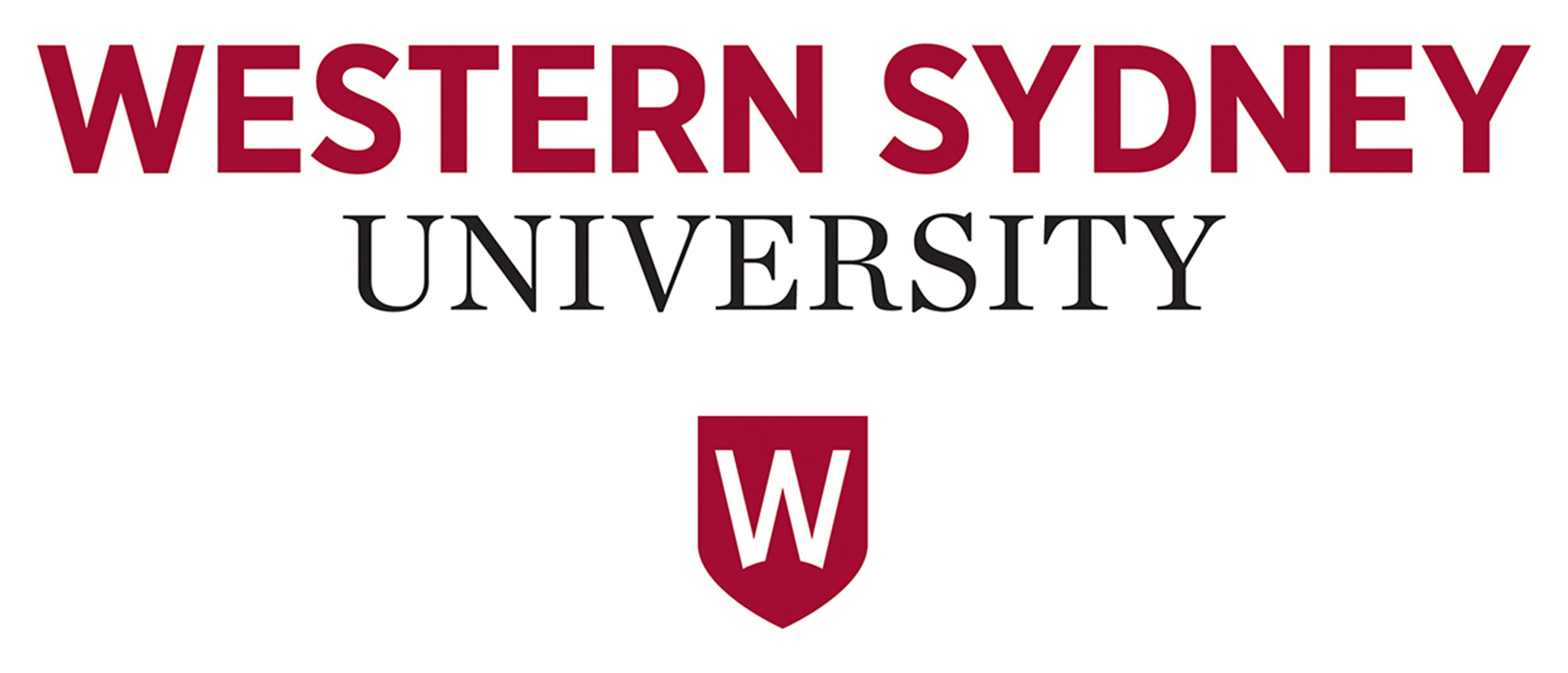Full description
This study adopted a cross-sectional design utilising online surveys to generate quantitative and qualitative evidence to explore the challenges and opportunities associated with non-clinical student placement in the Australian healthcare sector. This study included four participant groups: 1. Students– studying a non-clinical degree in a tertiary education institute to work in the healthcare sector as a non-clinical worker and complete a placement activity. 2. Educators– academics and work placement coordinators working in universities and organizing work placement activities for non-clinical students. 3. Placement hosts– individuals working in healthcare-related organizations that usually take non-clinical students on placement positions and are directly or indirectly organizing, supporting, guiding, mentoring, or being responsible for while on placement. 4. Professional bodies– officials (e.g., CEO, president, chairperson, administrators, education or other relevant committee officials, spokesperson) of a professional body representing nonclinical workers in Australia. All four participant groups completed separate online surveys with quantitative and qualitative questions. The 15-20 minute survey included multiple-choice, Likert scale ranking, and descriptive questions. The questionnaires for students, educators, and placement hosts targeted issues faced by non-clinical students, educators in placements, and healthcare organizations hosting placements. The professional bodies group questionnaire focused on understanding the perceptions of the professional bodies that represent the non-clinical workforce concerning competencies and expectations with student placements. All surveys were administered via Qualtrics, an online survey software. This dataset contains three Excel spreadsheets with quantitative and qualitative data collected through online surveys administered via Qualtrics to explore the challenges and opportunities associated with non-clinical student placement in the Australian healthcare sector. The data were generated from three participant groups: 1. Students (n=10) – studying a non-clinical degree in a tertiary education institute to work in the healthcare sector as a non-clinical worker and complete a placement activity. 2. Educators (n=7) – academics and work placement coordinators working in universities and organizing work placement activities for non-clinical students. 3. Placement hosts (n=17) – individuals working in healthcare-related organizations that usually take non-clinical students on placement positions and are directly or indirectly organizing, supporting, guiding, mentoring, or being responsible for while on placement. All three participant groups completed separate online surveys with quantitative and qualitative questions. The 15-20 minute survey included multiple-choice, Likert scale ranking, and descriptive questions. The questionnaires for students, educators, and placement hosts targeted issues faced by non-clinical students, educators in placements, and healthcare organizations hosting placements.Created: 2025-08-07
Data time period: 10 2022 to 31 01 2023
Spatial Coverage And Location
text: Australia
Subjects
Education |
Education and Training |
Education Systems |
Health |
Health Sciences |
Health Services and Systems |
Health Services and Systems Not Elsewhere Classified |
Higher Education |
Other Education and Training |
Other Education and Training Not Elsewhere Classified |
Professional Education and Training |
Provision of Health and Support Services |
Provision of Health and Support Services Not Elsewhere Classified |
SDG 3 – Good Health and Well-being |
SDG 4 – Quality Education |
SDG 8 – Decent Work and Economic Growth |
Teaching and Curriculum |
Teaching and Curriculum Not Elsewhere Classified |
healthcare workforce training |
non-clinical students |
work placement |
work-integrated learning, |
User Contributed Tags
Login to tag this record with meaningful keywords to make it easier to discover
Identifiers
- DOI : 10.26183/07XC-HP30

- Local : research-data.westernsydney.edu.au/published/bd884de0732b11f09de133bc7a0e8a4c


